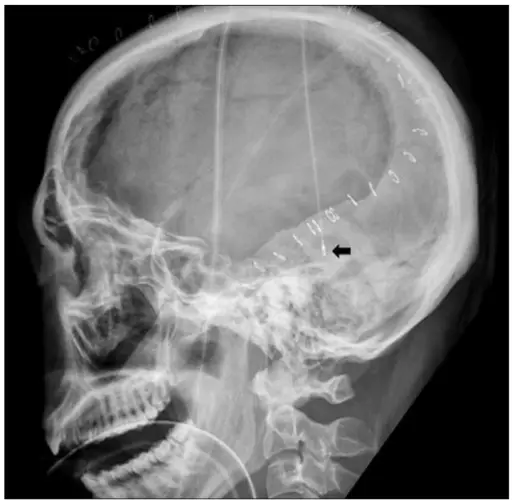Lung Cancer Pathology Study Guide
Lung Cancer Pathology Video Lung Cancer In the United States of America (USA), lung cancer is the cancer that kills people most commonly. Key risk factors for lung cancer include: Cigarette smoke Radon exposure Asbestos exposure Because of the more…










